Iran, a country steeped in history and tradition, owns a culture that has influenced the world for centuries. Understanding Iran’s rich cultural tapestry is essential to appreciating its people, art, and contributions to the global community. The culture of Iran is a mix of ancient pre-Islamic and Islamic cultures one and is one of the most influential cultures in the middle east, central Asia and the whole world.
Introduction to Iran Culture
Iran is considered as one of the cradles of civilization, and due to its dominant geo-political position and rich history in the world, has had a significant impact on the world through art, architecture, poetry, science and has heavily influenced cultures and peoples as far away as Italy, Macedonia, and Greece to the West, Russia and Eastern Europe to the North, the Arabian Peninsula to the South, and the Indian subcontinent and East Asia to the East.
Iranian culture has passed through the centuries of experience of knowledge, wisdom, traditions and customs. The people of Iran have been the builders and protectors of their culture throughout the history of Iran, which has one of the oldest and longest lasting civilizations.
Many nations of the world have presented or imposed their own culture on the inhabitants of other lands by invading them, but history shows that those who invaded Iran, such as – the Greeks and the Mongols -were influenced by Iranian culture.
Historical Roots of Iran’s Culture
The roots of Iran’s culture extend deep into antiquity, with the region being home to some of the world’s earliest civilizations. The Persian Empire, a powerhouse in ancient times, left an indelible mark on culture, philosophy, and governance.
The Sasanian Empire and Achemenid Era were very important and influential historical periods in Iran as Iranian culture influenced China, India and Roman civilization considerably. This influence played a prominent role in the formation of both Asiatic and European medieval art. The Silk Road had a significant historical impact on this process, shaping the cultures in various ways over the centuries. The Silk Road was a network of trade routes that connected the East and West, facilitating the exchange of goods, ideas, and cultures. Iran, situated at the crossroads of this vast trade network, played a crucial role in the cultural exchanges that occurred along the Silk Road. This influence carried forward to the Islamic world. Much of what later became known as Islamic learning, such as philology, literature, jurisprudence, philosophy, medicine, architecture and the sciences were based on some of the practices taken from the Sassanid Persians to the broader Muslim world.
After entrance of Islam in Iran Islamic rituals have penetrated in the Iranian culture. Daily life in modern Iran is closely interwoven with Shia Islam and the country’s art, literature, and architecture are an ever-present reminder of its deep national tradition and of a broader literary culture.
Nowruz Celebration of New Year
The Iranian New Year Nowruz is one of the oldest Iranian traditions celebrated on 21 March each year to mark the beginning of spring in Iran. It is also celebrated in Afghanistan, Republic of Azerbaijan, Uzbekistan, Turkmenistan, Tajikistan, Kazakhstan and previously also in Georgia and Armenia. this event is also celebrated by the Iraqi and Anatolian Kurds. Nowruz was registered on the list of Masterpieces of the Oral and Intangible Heritage of Humanity and described as the Persian New Year by the United Nations Educational, Scientific and Cultural Organization (UNESCO) in 2009.
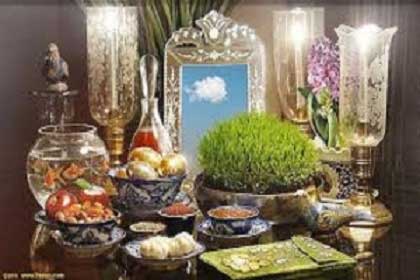
Nowruz Celebration in Iran
Starting on March 21st, Nowruz also spelled Nowrouz celebration is one of the most ancient Iranian celebrations and is said to be the moment the sun passes through the Earth’s equator and heads north to the sky; this moment called Vernal Equinox is the first day in the solar calendar. Nowruz is officially celebrated in 9 countries of Iran, Afghanistan, […]
Persian Poetry
Persian poetry has a rich background that spans over a millennium. It is characterized by its eloquence, intricate metaphors, and deep philosophical themes. The roots of Persian poetry can be traced back to ancient Iran, with the Avesta, the sacred scripture of Zoroastrianism, containing poetic elements.
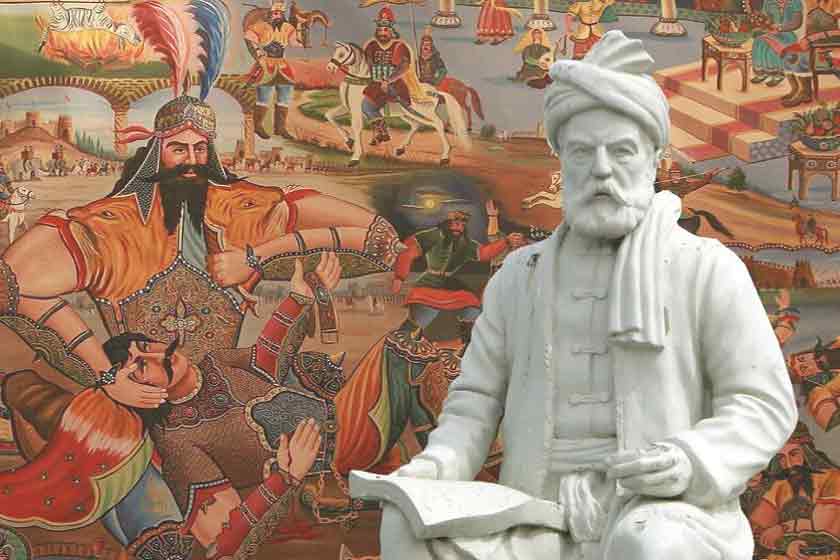
Persian Poetry
Classical Persian poetry is always rhymed. The principal verse forms are the Qasideh, Masnavi, Qazal and Ruba’i. The Qasida or ode is a long poem in monorhyme, usually of a panegyric, didactic or religious nature; the masnavi, written in rhyming couplets, is employed for heroic, romantic, or narrative verse; the ghazal (ode or lyric) is […]
Iranian Cinema
Iranian cinema, tracing its roots back to the early 20th century, has evolved into a profound narrative reflecting the nation’s complex history, cultural depth, and resilience. Initially influenced by Western cinematic styles, Iranian filmmakers have carved a distinctive path, contributing to a global dialogue.
A hallmark of Iranian cinema is its steady dedication to cultural genuineness. Filmmakers draw inspiration from Persian literature, art, and traditions, crafting a unique cinematic language that resonates with both domestic and international audiences. This commitment not only preserves cultural heritage but also enriches storytelling with layers of depth.
The Islamic Revolution in 1979 prompted concerns that Iran’s cinema would go under new restrictions. However, the Iranian film industry not only survived but flourished, mirroring broader societal transformations. Today, Iranian cinema stands as a beacon of innovation and excitement globally, with directors receiving acclaim at international festivals.
While external perceptions may focus on Iran’s restrictive image, the reality within the country tells a different story—a story of creative vigor, social commentary, and a people’s resilient spirit finding expression through the lens of cinema. Iranian filmmakers continue to defy expectations, contributing significantly to the global cinematic landscape.
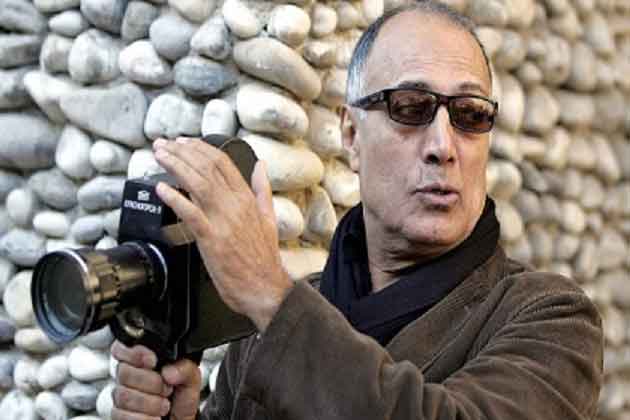
Cinema of Iran
Iranian Zurkhaneh | Bāstani Sport
Bāstani Sport, known in Farsi as Varzesh-e Pahlavani, was originally an academy of physical training and a nursery for warriors against foreign invaders similar in purpose to martial arts. As a fascinating aspect of Iranian culture, it indeed has deep roots in the Iranian civilization. It evolved over the centuries, incorporating various moral, philosophical, and mystical values. It is not just a physical activity but a holistic experience deeply rooted in Iranian history and tradition.
It’s interesting to note the historical connection between Varzesh-e Pahlavani and the Parthian Empire, where the term “Pahlavan” -meaning “the Champion” – originated. The appearance of Sufism, Islamic rituals, and Iranian nationalism into the practice adds so many deep layers to this traditional form of physical training.
The decline in popularity during the 20th century, attributed to the invasion of Western values and the policies of the governments, highlights the impact of external influences on native cultural heritage. Despite these challenges, Varzesh-e Pahlavani has successfully survived, and notable Pahlavans have continued to preserve this legacy.
The traditional gymnasiums is known as Zurkhaneh ; where bastani sport practice takes place.
The architecture of zurkhaneh, combined with the specific layout for different participants, creates a space that goes beyond a conventional gymnasium. It becomes a cultural and spiritual hub where the physical training is mixed with rituals, music, movement, and a sense of community and brotherhood.
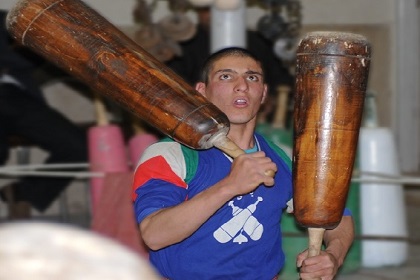
Bastani sport
Varzesh-e Pahlavani, known as Varzesh-e Bastani, was originally an academy of physical training and a nursery for warriors against foreign invaders similar in purpose to martial arts. Throughout the last 3000 years it acquired different components of moral, philosophical, and mystical values of the Iranian civilization. As a result, Varzesh-e-Pahlavani incorporated the richness of Sufism, […]
Yalda Night Celebration
Yalda Night, locally known as Shab-e Yalda, is an important cultural celebration in Iran. It has been a few thousand years since the last night of autumn, the Yalda Night, the longest night of the year, has been celebrated by Iranians. Iranian people gather on the longest night of the year to mark the winter solstice and embrace traditions that have been passed down through generations.
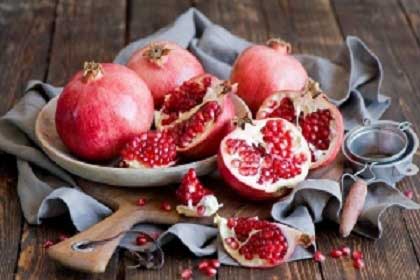
Yalda Night
Yalda Night, locally known as Shab-e Yalda, is a significant cultural celebration in Iran that holds deep historical and symbolic importance. It has been nearly a few thousand years since the last night of autumn, the Yalda Night, the longest night of the year, has been celebrated by Iranians with a variety of rituals and […]
Iranian Art and Handicrafts
Iranian art, also known as Persian art, enjoys one of the richest and diverse art legacies in world history. This artistic tradition has thrived across various mediums, encompassing architecture, painting, weaving, pottery, calligraphy, metalworking, and sculpture. Influences from neighboring civilizations have played an important role in shaping Persian art, and in turn, it has contributed significantly to the broader realm of Islamic art.
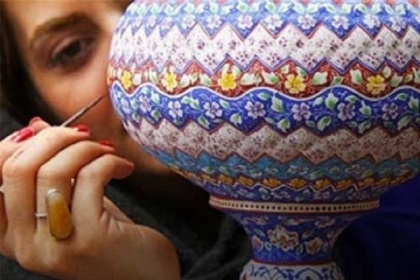
Iranian Art & Handicrafts
Persian art or Iranian art has one of the richest art heritages in world history and has been strong in many media including architecture, painting, weaving, pottery, calligraphy, metalworking and sculpture. At different times, influences from the art of neighbouring civilizations have been very important, and latterly Persian art gave and received major influences as part of the […]
Persian Cuisine
Persian cuisine, known for its aromatic flavors, rich history, and diverse ingredients, reflects a major part of country’s culture. Influenced by geography, climate, and the agricultural abundance of divers regions of Iran, Persian cuisine is a celebration of flavors, aromas, and the art of blending diverse ingredients.
Persian cuisine is characterized by a wide array of ingredients, particularly including:
Rice: A staple in Persian meals, often served with a crispy layer known as “Tahdig.”
Herbs: Fresh herbs like parsley, cilantro, and mint are integral to many dishes.
Fruits: Pomegranates, dates, and citrus fruits add sweetness and tanginess.
Nuts: Walnuts, almonds, and pistachios are commonly used in both savory and sweet dishes.
Spices: Saffron, turmeric, cardamom, and cumin impart distinct flavors.

Persian Cuisine
Persian Cuisine or Iranian Food is one of the world’s finest. The foundation of most Persian dishes is rice, meat, and salad, often served with a side of fresh herbs, cheese and yogurt. While traveling to Iran, you will be welcomed by a wide range of delicious delights including some of the most popular Iranian […]
Also Read : Best Iranian Dishes
Iran Ethnic Groups
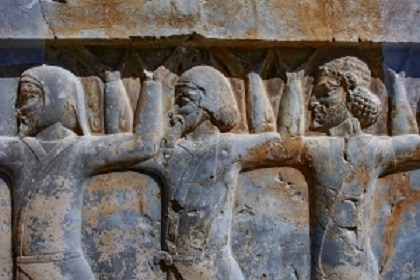
Iran Ethnic Groups
Ethnic diversity and miscegenation in Iran has begun since the arrival of the Aryans, Babylonians, Sumerians, and has continued until today. Although the main ethnic Iranians are Aryans, over the years as a result of political developments and invasions of other nations, Iran always witnessed a huge miscegenation. For example, we can refer to Alexander […]
Things that you only see in Iran!
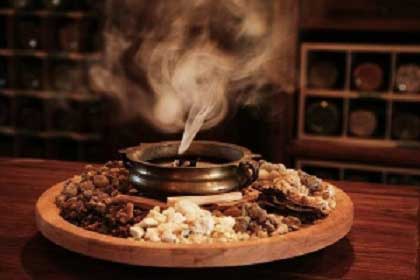
Things That You Only See in Iran!
Every country has its own customs and traditions. Iran is no exception to this rule, habits, however small, that are passed down from generation to generation. In this article, we introduce you some cultural traditions of Iran that you may be interested to know; Things that you only see in Iran and seem very strange […]

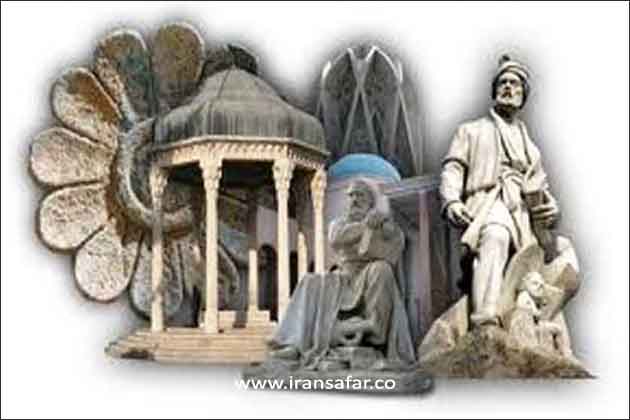

Comment (0)